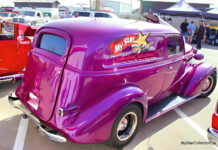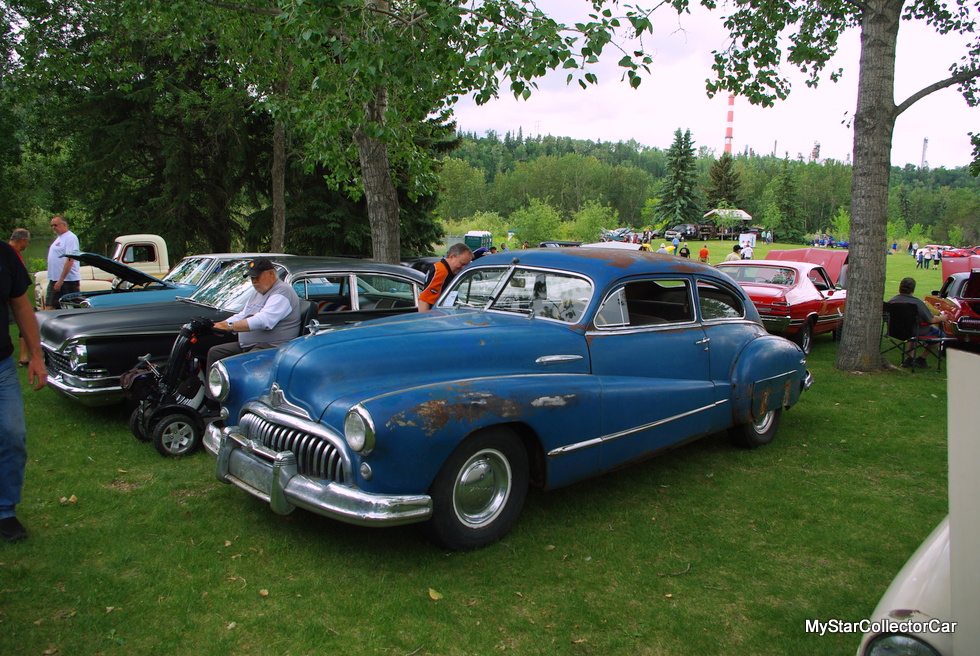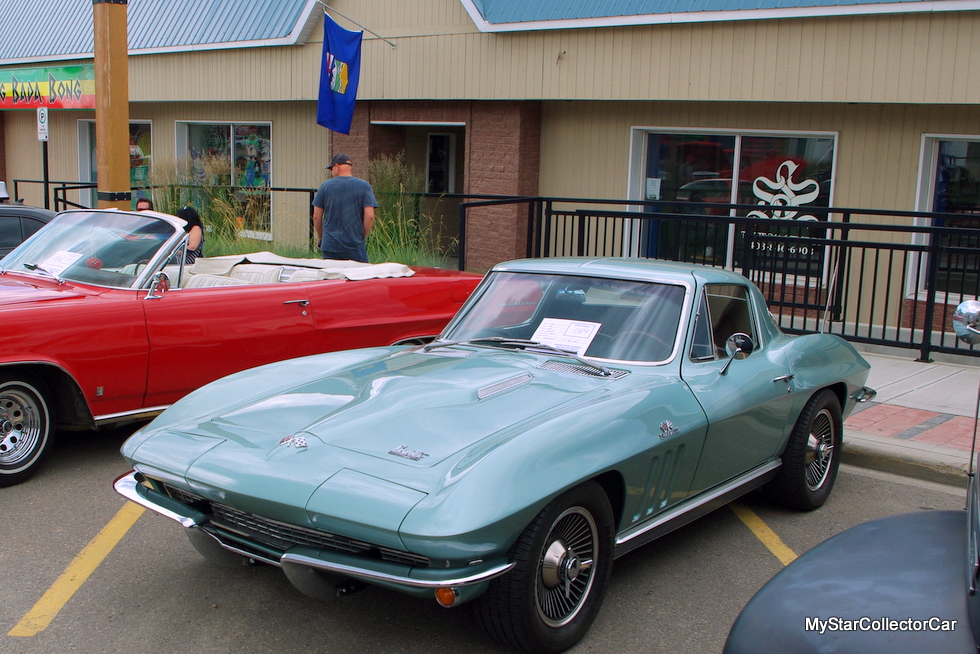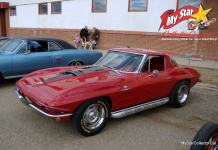Automotive history trivia: Cougar was a contender for Ford’s pony car name title before Mustang galloped away with the honor in 1964.
However, Ford liked the Cougar name enough to give it to Mercury for their pony car entry in 1967.
Jim Sutherland
Mercury was always a foot soldier in Ford’s luxury car army, so it was not an easy task for the Blue Oval Boys to create a pony car to compete in the smaller but sportier domestic market. In fact, even Ford provided modest sales projections for the Mercury Cougar during its rookie year in 1967. The company predicted 85,000 Cougars would be sold in ’67, but the car sold over 150,000 that year.
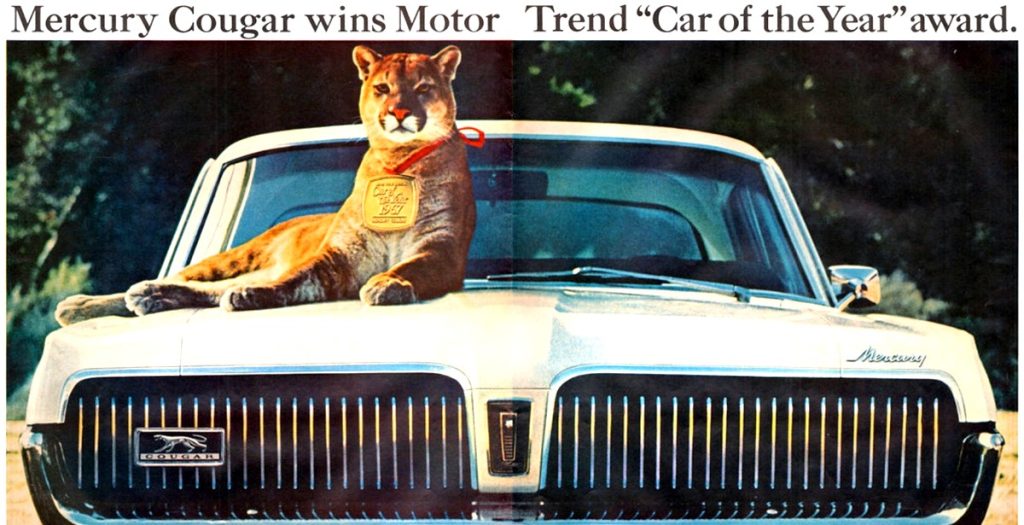
We at MyStarCollectorCar firmly believe the 1967 Mercury Cougar was the high-water mark for the iconic pony car because it embodied everything that was beautiful about the late 1960s pony car scene. 1967 Mercury Cougars were smaller, nimbler and steeped in the stylish traditions of that era, complete with hidden headlights and sleek C-pillars in its rear roofline.
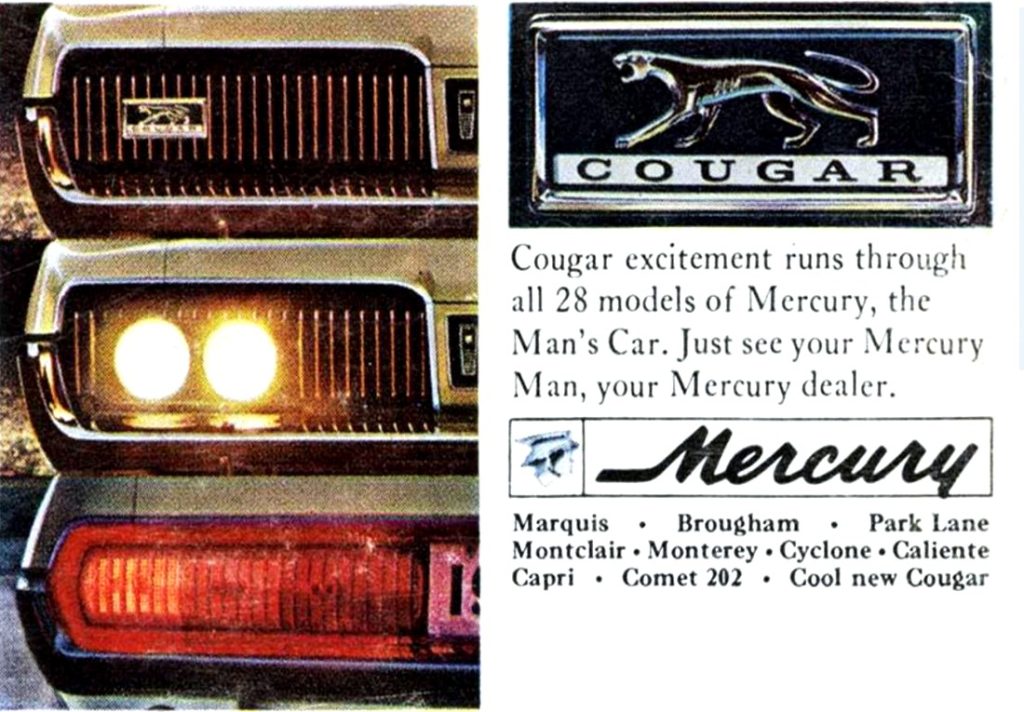
The 1967 Cougar’s taillights became an instant hit with the public because they occupied a large chunk of the car’s rear deck and had sequential lights in them. The result was an upscale pony car that looked great coming and going down the road.

Mercury was a brand well-known for its luxurious approach to automobiles, not quite a Lincoln-but more than a garden variety Ford on their car totem pole. Consequently, the 1967 Mercury Cougar had more luxury in its heritage than a Mustang, although Mercury wanted the buying pubic to respect the Cougar’s performance on the street, so they offered three small block 289 engine options with increasingly livelier performance, along with a 390 big block engine GT option in 1967.
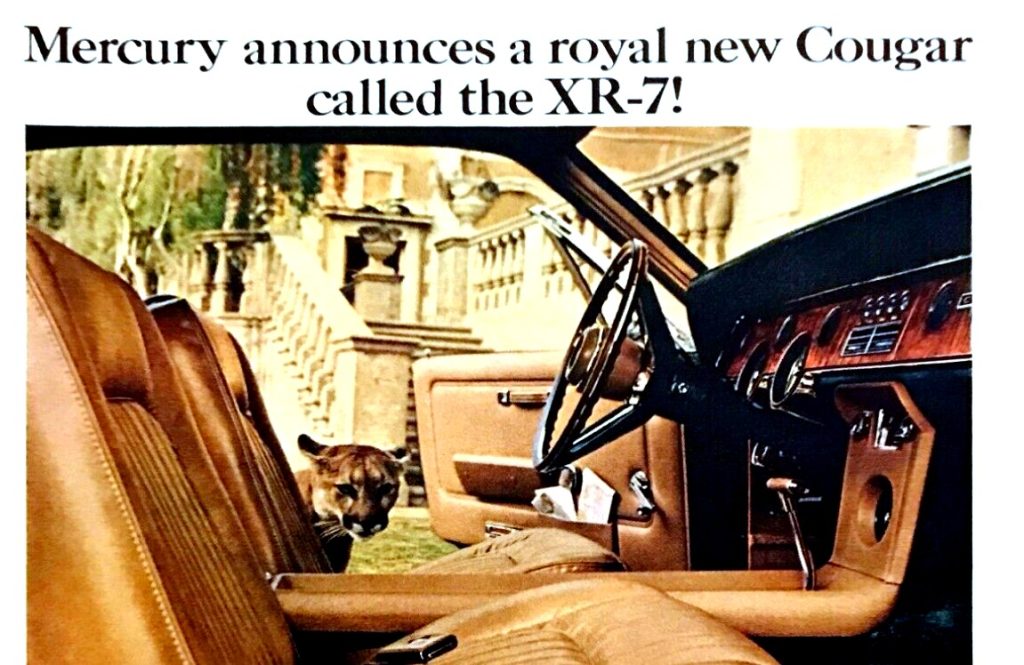
The result was a smaller Mercury model with tire-smoking performance upon request, so the first year Cougar was a huge hit for younger buyers who wanted extra opulence with their pony cars. Sales wise, the 1967 Mercury Cougar was an unusual combination that was a big winner when it debuted that year.
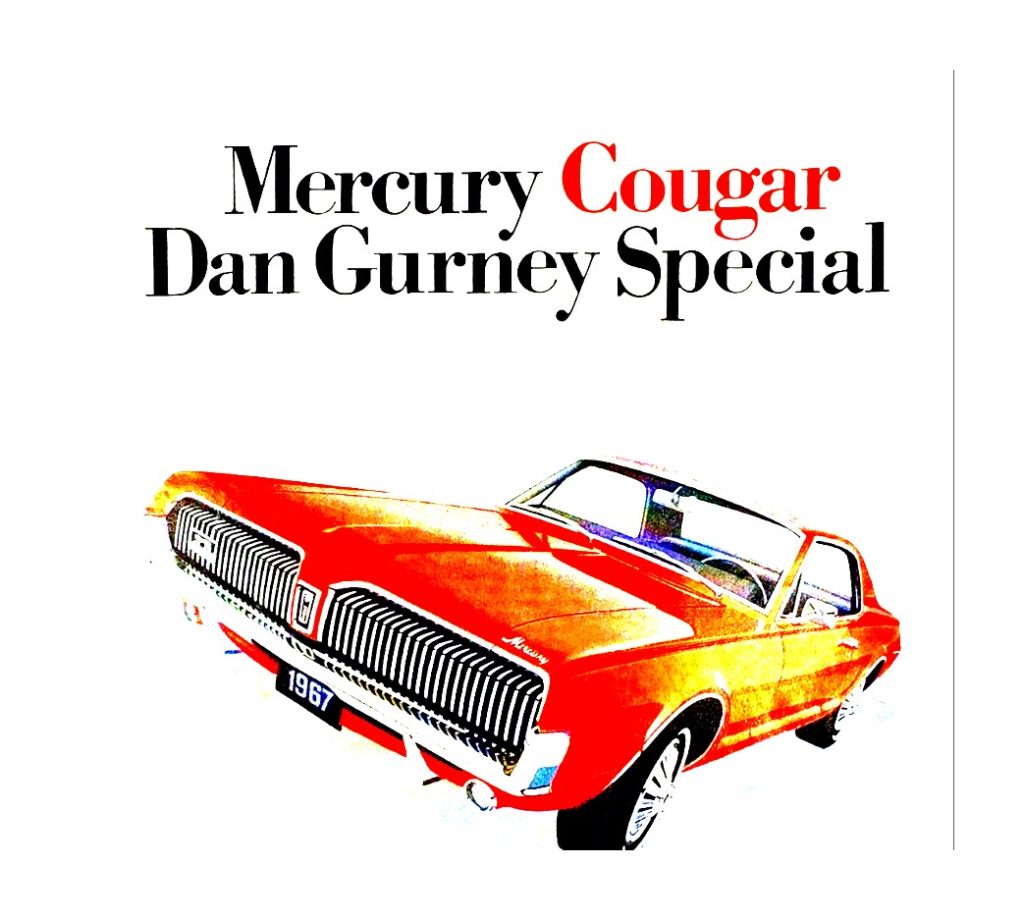
The basic design of the first-generation Cougar continued through 1968, but 1969 marked a cosmetic change that separated the ’69 Cougar’s style from the earlier models. Both the front and back end of the ’69 Cougar were altered to get in tune with the dawn of a new decade, but the subtle changes altered the pioneer style of the earlier Cougar models in the process.
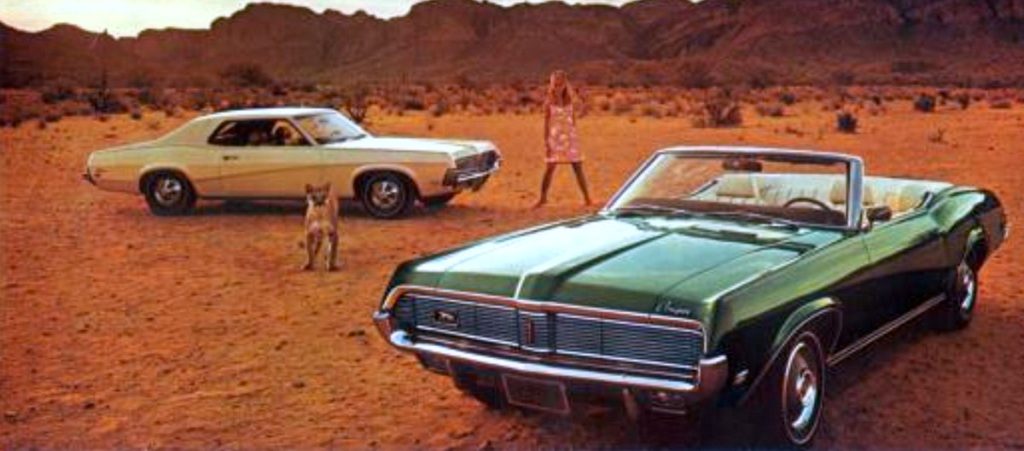
In 1970, Mercury attempted a return to the basic style of the ’67 Cougar’s front end, but the move was not enough to capture the original car’s style magic in our opinion here at MyStarCollectorCar.
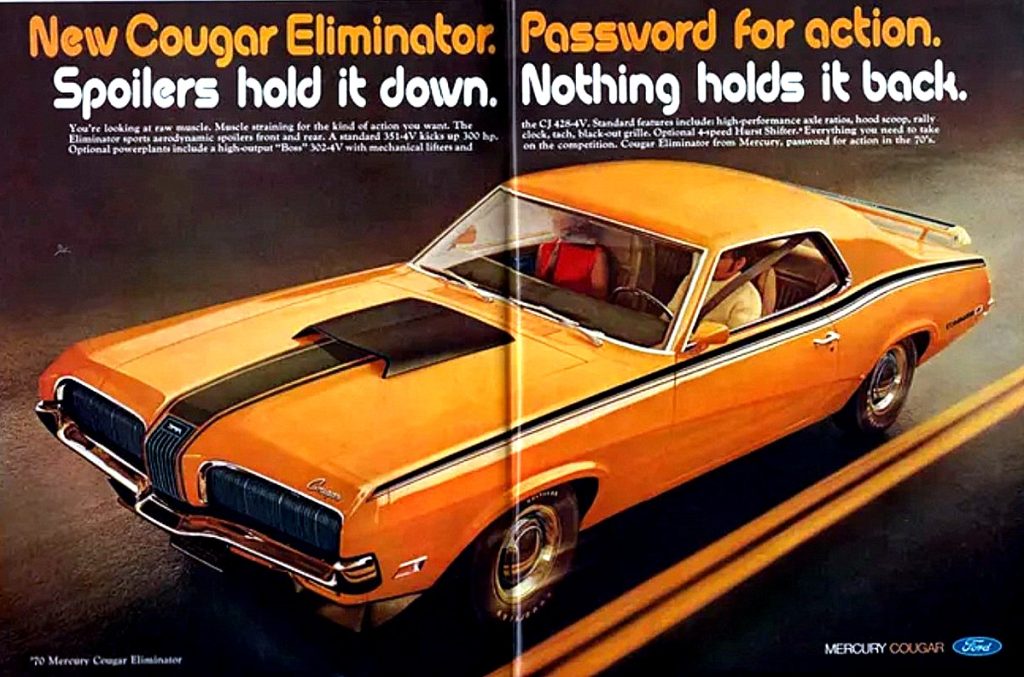
The 1970s were not kind to the Mercury Cougar because its muscular performance in a small package was replaced by 98 lb weakling performance in a bloated package. The Mercury Cougar became increasingly larger but not in charge of Ford’s decision to build a luxury barge with no connection (other than its name) to the first-generation 1967 version that blazed its own path in the pony car industry.
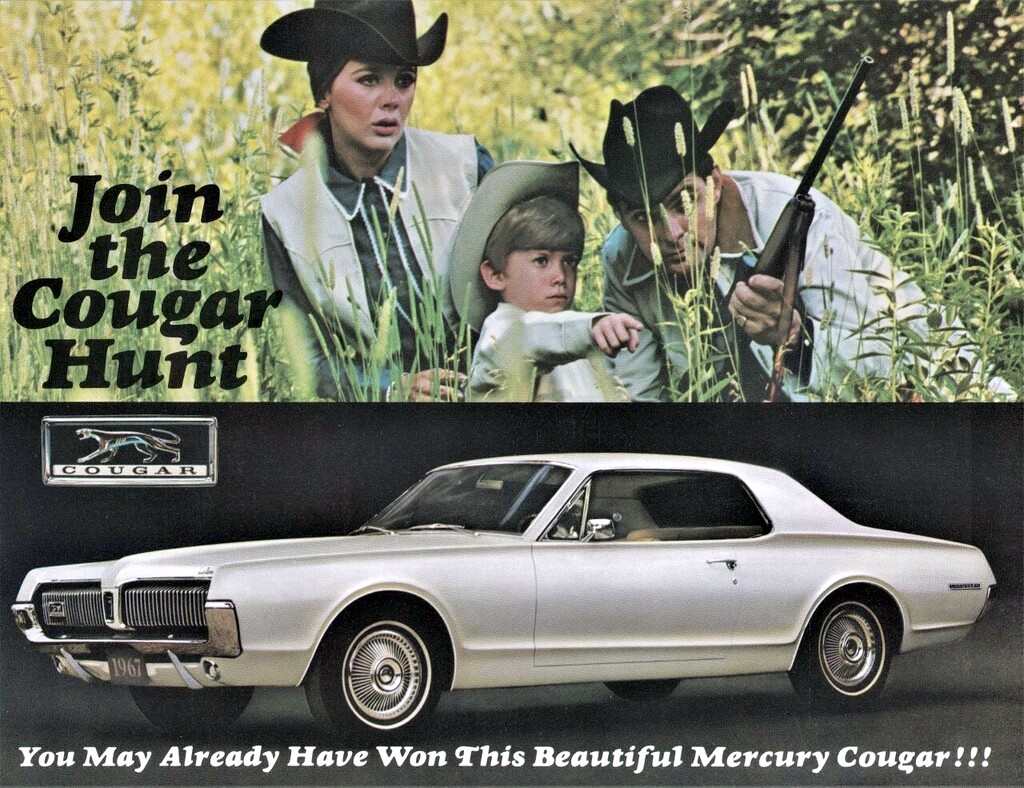
The Mercury Cougar had become a big cat that got fixed and fat during the 1970s, so the legend of the 1967 Cougar will always be the high point in its history in our view here at MyStarCollectorCar.
Jim Sutherland
BY: Jim Sutherland
Jim Sutherland is a veteran automotive writer whose work has been published by many major print and online publications. The list includes Calgary Herald, The Truth About Cars, Red Deer Advocate, RPM Magazine, Edmonton Journal, Montreal Gazette, Windsor Star, Vancouver Province, and Post Media Wheels Section.
- CLICK HERE to Sign Up for the Newsletter
- CLICK HERE to Like us on Facebook
- CLICK HERE to Follow us on Twitter
- CLICK HERE to Follow us on Pinterest









